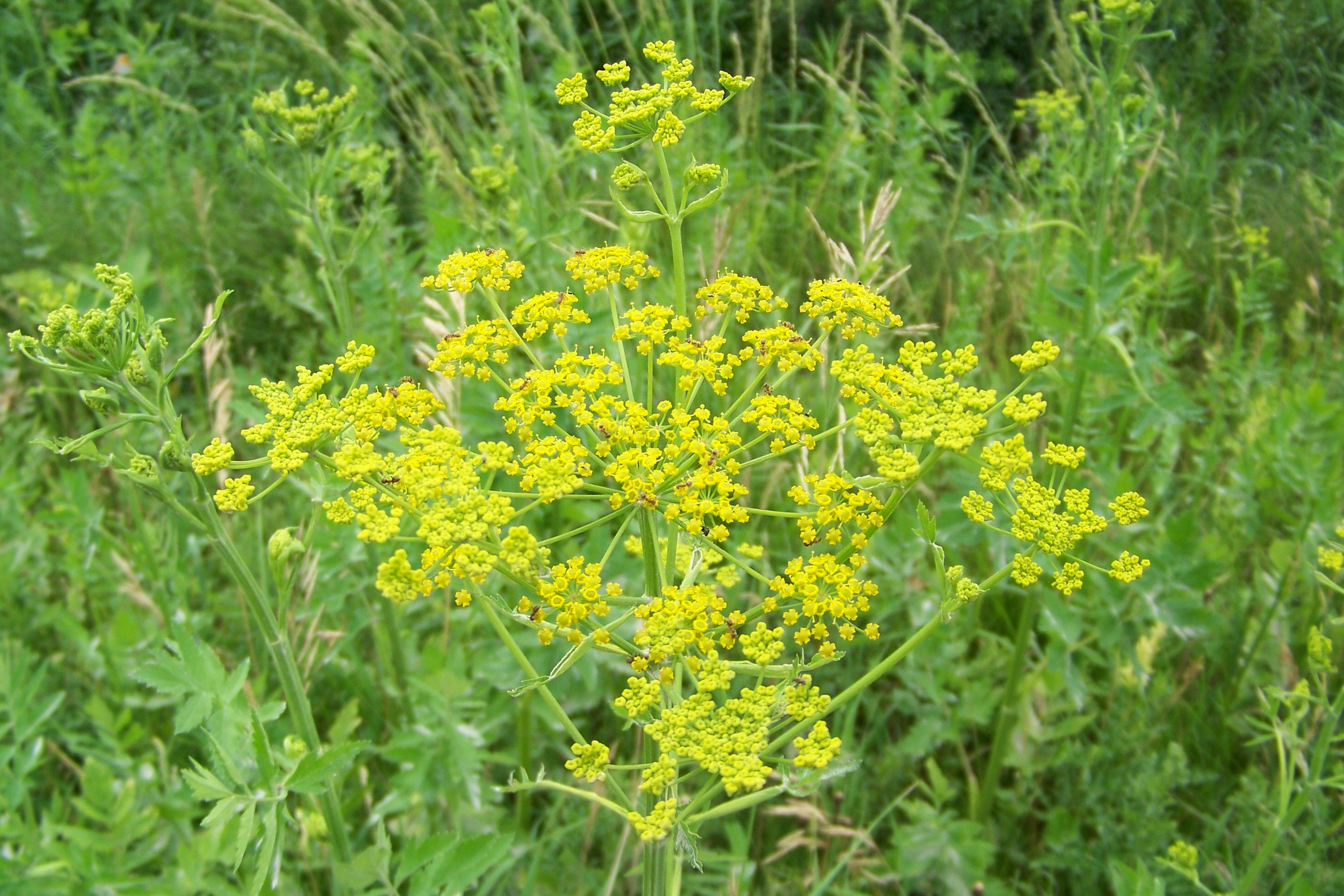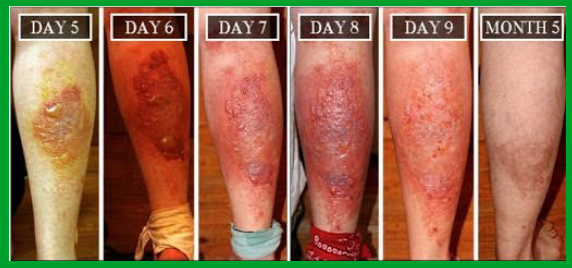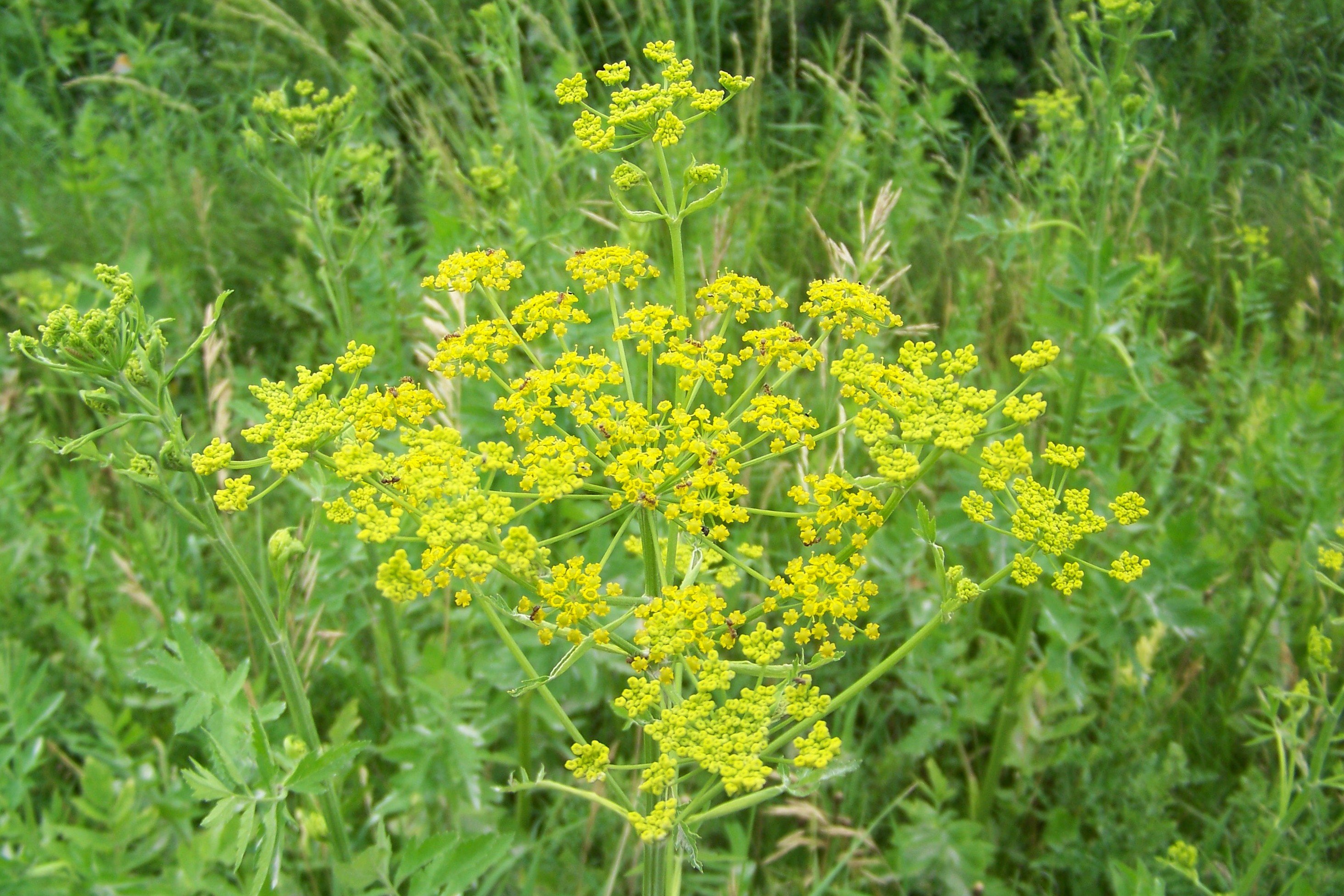
CONTACT US FOR PROVEN, SAFE SOLUTIONS.
What you need to know to protect your visitors and workers to your site.
Under the Noxious Weeds Act, weeds such as poison ivy, giant hogweed and wild parsnip must be treated to reduce the harmful effects to humans and animals.
New construction sites are particularly prone to wild parsnip. Disturbances in the soil can cause growth and the spread of this noxious weed that causes extreme harm to humans when the come into contact with it.
WHAT IS WILD PARSNIP?
Wild parsnip is a noxious weed that will grow up to about 4 feet tall, and it’ll look and smell much like a cultivated parsnip. The stem is hollow, with vertical grooves running its full length.
The stem and its multi-toothed leaves are a yellowish-green color. It has flat-topped flower clusters with yellow petals.
WHAT DOES WILD PARSNIP DO TO THE SKIN?
Phytophotodermatitis is a skin reaction caused by a substance found in many plants, including wild parsnip. The substance in the wild parsnip plant causes your skin to be extra sensitive to ultraviolet (UV) light. When the sap from the leaves and stems of these plants gets on your skin, and your skin is then exposed to sunlight, an inflammatory reaction takes place (skin burns or rashes).

WHY IS WILD PARSNIP SO PREVALENT?
Since the ban on pesticides in 2007, weeds such as wild parsnip have been allowed to take hold in areas where they were previously never seen and/or were reduced with normal weed control applications. We tend to see wild parsnip along roadways and ditches, in fields, and parks.
PROTECT YOUR WORKERS AND VISITORS TO THE SITE.
Call the experts at Nutri-Lawn today at 613-739-3399. We have dedicated teams who will identify, remove the offending weeds, and treat the necessary areas to make is safe for visitors and workers on the land.
Sources:
https://www.healthline.com/health/wild-parsnip-burns#identification
http://www.omafra.gov.on.ca/english/crops/facts/noxious_weeds.htm
http://turfweeds.cals.cornell.edu/weeds-and-human-health
Make sure this Health and Safety issue does not become a concern for your team. Call the experts at Nutri-Lawn today...
If you have any questions or would like information on any of our services, please contact us.
Phone: (613) 739-3399 | Email: ottawa@nutrilawn.com





